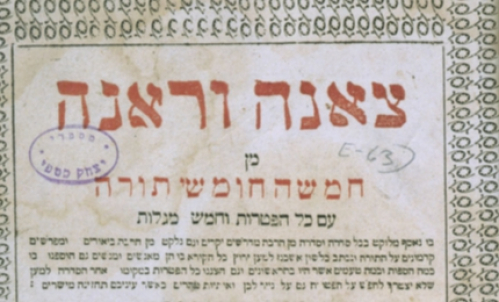Early Years
YIVO was founded as the Yiddish Scientific Institute (Yidisher visnshaftlekher institut) in 1925 by scholars in Berlin and Vilna (Pol. Wilno, Lith. Vilnius), Poland to document and study Jewish life in all its aspects, with a special focus on Jews in Eastern Europe and Yiddish language and culture. The scholars chose Vilna, then an important center of Jewish culture, as the site of the new institute, which soon became known by its acronym, "YIVO." Today, YIVO is formally known as the YIVO Institute for Jewish Research.
Though they lived in swiftly changing times, YIVO's founders had faith in the continuity of Jewish culture. They approached the study of both the past and the present from a modern perspective, aiming at the highest standards of scholarly objectivity. YIVO was soon known worldwide for the quality and originality of its scholarship. During its first fifteen years of existence, the institute published over one hundred volumes of research studies in the social sciences and humanities.
YIVO was embraced not only by scholars, but also by ordinary Jews, who saw the institute as a focus of national pride. Amateur zamlers (collectors) from all over Poland, other European countries, and the Americas gathered books, manuscripts, photographs, posters, snippets of folklore, and other artifacts and sent them to YIVO, proud to be taking part in building a national treasury of Jewish culture. Their contributions helped YIVO amass an important library and archives, which today constitute the world's largest collection of materials relating to the history of East European Jewry.
One reason for YIVO's popularity with the public was the institute's commitment to using Yiddish, then the everyday language of most Jews in the world, as its official language for business and scholarship. YIVO's founders and activists considered the development of scholarship in Yiddish as the vehicle for the cultural and spiritual blossoming of the Jewish people. YIVO ran special courses for teachers from Yiddish-language schools. It developed standards for Yiddish spelling and transliteration which are still widely in use today.

